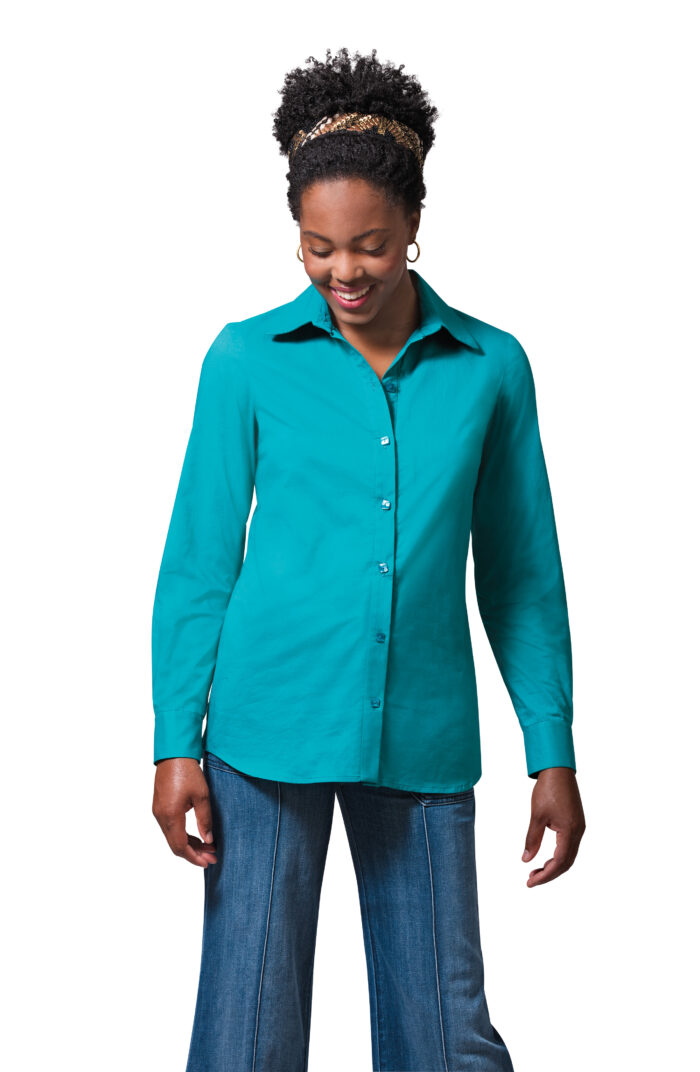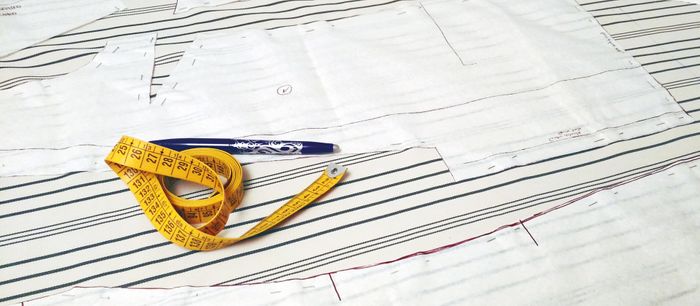How to Choose Your Preferred Ease

Editor’s note: In this article from Threads #188 (Dec. 2016/Jan. 2017), designer and author Joi Mahon shows how to incorporate preferred ease for the individual and for various garment styles. Learning about where to place ease helps any sewer understand how to adjust patterns and fit garments better.
 With every project, fashion sewers must deal with garment ease—the amount added to a pattern beyond the body measurement. It can be confusing because there are varying opinions about how much should be added to different pattern areas. Here’s the key to understanding ease: Not all areas on a pattern need it.
With every project, fashion sewers must deal with garment ease—the amount added to a pattern beyond the body measurement. It can be confusing because there are varying opinions about how much should be added to different pattern areas. Here’s the key to understanding ease: Not all areas on a pattern need it.
Commercial patterns include standard amounts of ease, but the ease amounts are often generous to fit as many body types as possible. Just because a garment is large enough to go around your body doesn’t mean it fits correctly. Typical tools and methods for solving ease problems, such as standard ease charts and adding generic amounts only at the side seams, can be useful, but they’re just a starting point for finding your preferred ease. They likely won’t provide the best fit, and they should not be taken as gospel.
Instead, I think ease should be addressed through practical application and common sense. I’ll show you how to customize it for individuals and for different garment styles. Learning about where to place ease helps any sewer understand how to adjust patterns and fit garments better.
Ease dos and don’ts
When sewers learn about ease, they are not taught how to customize ease amounts, which leads to fitting inaccuracies. To achieve the best garment fit, ease must be personalized to individual needs and preferences.
I’ve developed a list of dos and don’ts to help my students break away from the old ease lessons they’ve learned…
Start your 14-day FREE trial to access this story.
Start your FREE trial today and get instant access to this article plus access to all Threads Insider content.
Start Your Free TrialAlready an Insider? Log in





Log in or become a member to post a comment.
Sign up Log in